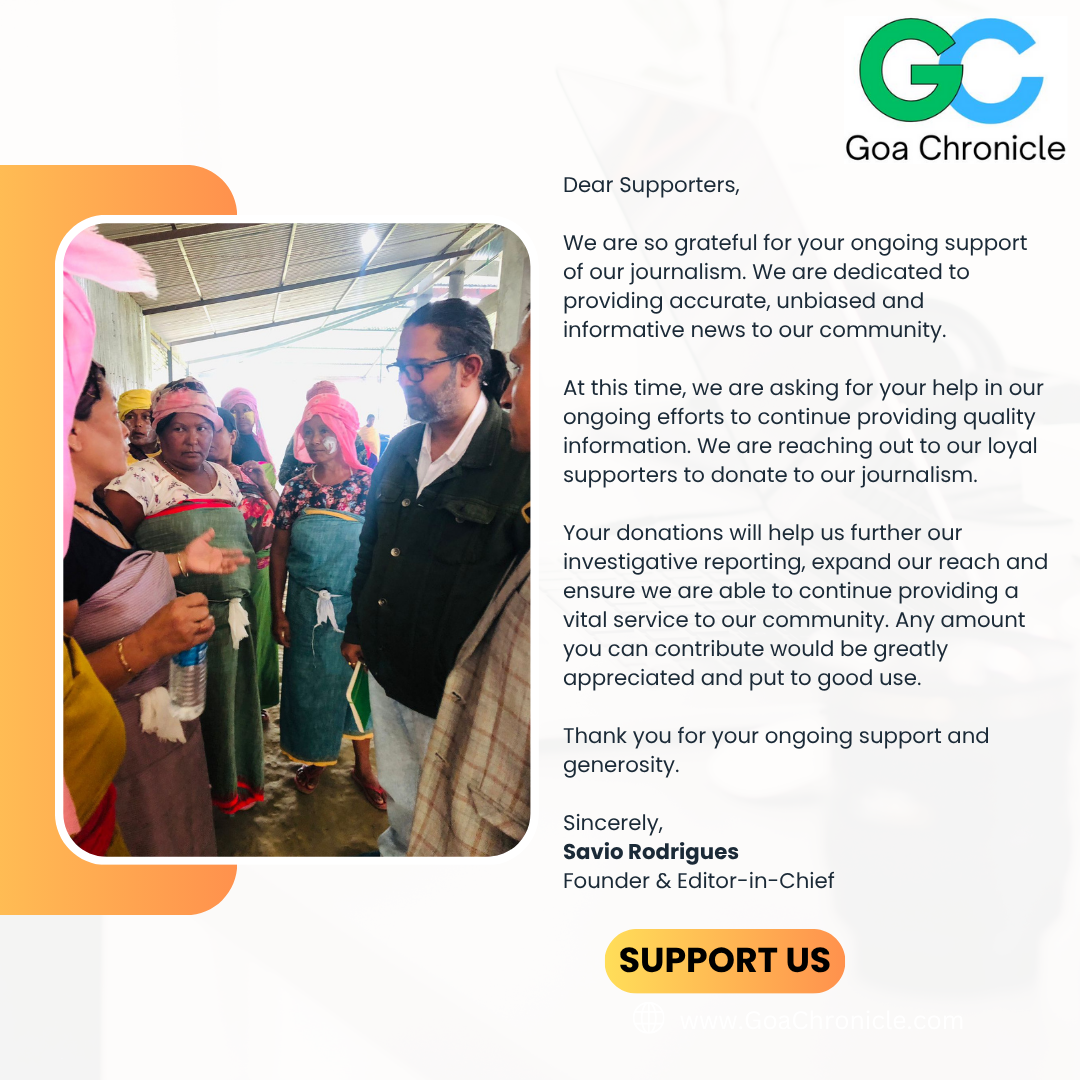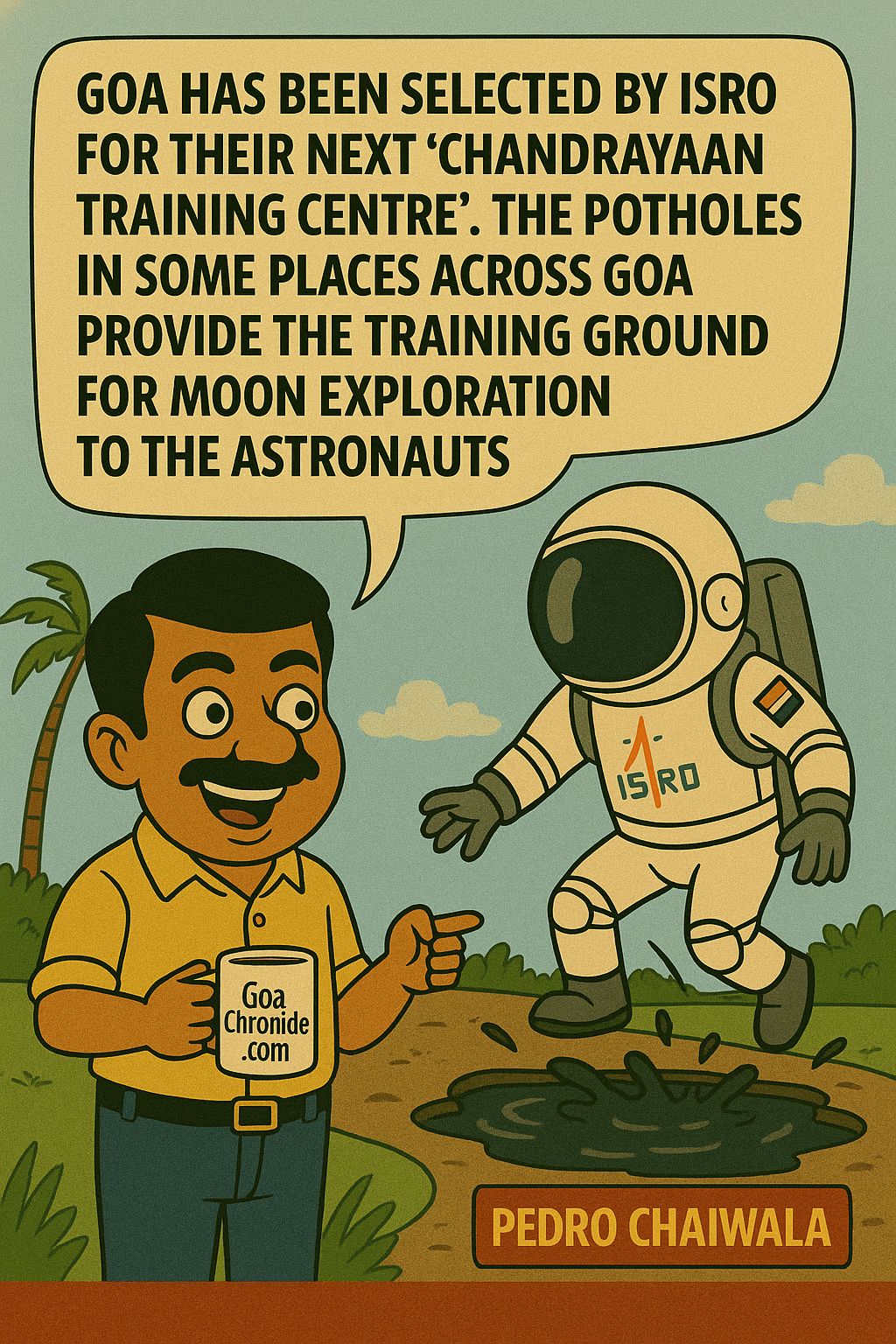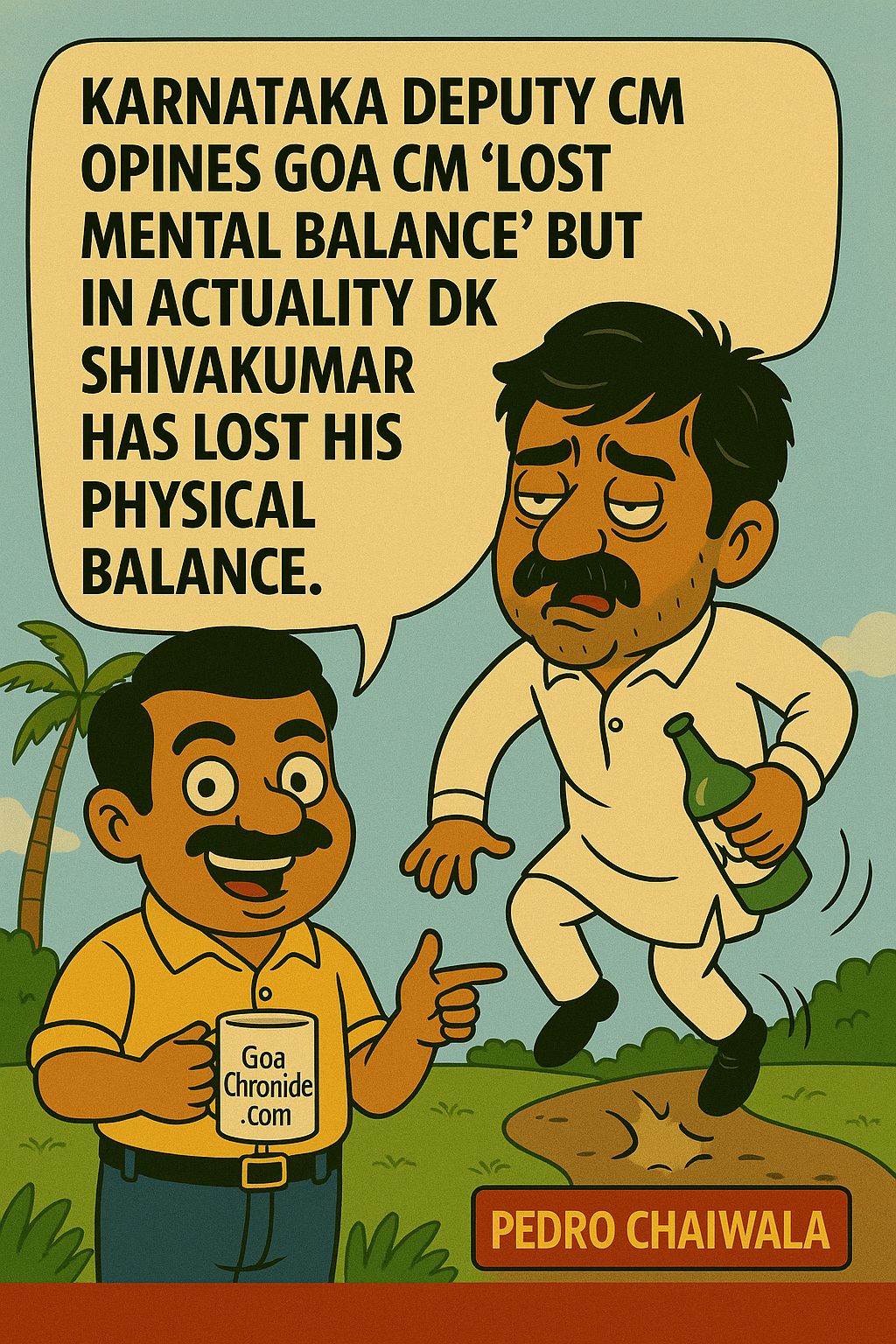Water is the lifeblood of all living organisms, yet the world is grappling with a severe water crisis that threatens the availability and quality of this indispensable resource.
The global water crisis is one of the most pressing challenges of our time, affecting billions of people worldwide. With a rapidly growing population, climate change, and unsustainable water management practices, the scarcity of clean, accessible water is escalating into a severe humanitarian and environmental crisis.
According to the United Nations, over 2 billion people live in countries experiencing high water stress, and by 2025, half of the world’s population could be living in water-stressed areas.
India, with its vast population and unique socio-economic challenges, is at the forefront of this crisis. Despite having numerous rivers, lakes, and groundwater resources, India faces severe water scarcity, which has far-reaching implications for its economy, ecology, and society.
India is home to nearly 1.4 billion people, making it one of the most water-stressed countries globally. Agriculture, which consumes about 80% of India’s water resources, relies heavily on inefficient irrigation practices, leading to significant wastage. Rapid urbanization and industrialization further strain the already scarce water resources. Major rivers, including the Ganges and Yamuna, are heavily polluted by industrial discharges and domestic sewage.
Groundwater, a critical resource for India, is being over-extracted at alarming rates. India accounts for 25% of the world’s groundwater extraction, leading to a significant drop in water tables. The Central Ground Water Board warns that 21 major cities, including Delhi and Bangalore, could run out of groundwater by 2030.
India, with its burgeoning population and rapid industrial growth, faces a significant water crisis that threatens its socio-economic stability and public health. This crisis is characterized by severe water shortages, declining water quality, and the over-exploitation of both surface and groundwater resources.
With nearly 18% of the world’s population but only 4% of its freshwater resources, India is grappling with a pressing need to manage its water more sustainably.
The Central Pollution Control Board (CPCB) reports that 70% of India’s surface water is contaminated, making it unsafe for drinking and domestic use. Only 50% of the population has access to safe drinking water, leading to widespread waterborne diseases. With per capita water availability decreasing from 5,177 cubic meters in 1951 to around 1,545 cubic meters in 2021, India is fast approaching a water stress condition as defined by the Falkenmark indicator.
According to the NITI Aayog CWMI Report, 200,000 people die every year due to inadequate access to safe water. 75% of the households in the country do not have access to drinking water. 40% of India’s population will have no access to drinking water by 2030.
The Current State of Water Resources in India
Groundwater Depletion
India is the largest user of groundwater globally, extracting about 230 billion cubic meters annually. However, this intensive extraction has led to significant depletion:
- National Groundwater Resources: According to the Central Groundwater Board (CGWB), around 70% of the country’s groundwater resources are contaminated or over-exploited.
- Urban Centers: Major cities like Delhi, Bengaluru, and Chennai are at risk of exhausting their groundwater reserves within the next few years. For instance, Delhi’s groundwater level is declining by approximately 0.48 meters per year.
- Rural Areas: In Punjab and Haryana, which are key agricultural states, groundwater levels are dropping at alarming rates due to extensive irrigation demands. In Punjab, groundwater levels are falling by 0.3 meters annually.
Surface Water Stress
India’s rivers and lakes are under significant stress from pollution and overuse:
- River Pollution: The Ganges, one of India’s most important rivers, is heavily polluted. The Central Pollution Control Board (CPCB) reports that about 80% of the pollution is due to untreated sewage.
- Reservoirs: Many of India’s reservoirs are at critically low levels. For example, Chennai’s four main reservoirs collectively held only 0.3% of their capacity in June 2019, leading to a severe water shortage in the city.
Per Capita Water Availability
India’s per capita water availability has been declining steadily:
- Historical Trends: In 1951, the per capita water availability was 5,177 cubic meters. By 2011, it had dropped to 1,545 cubic meters, and it is projected to fall to 1,140 cubic meters by 2025.
- Water Stress Threshold: The United Nations considers a country to be water-stressed if per capita water availability falls below 1,700 cubic meters. India is already well below this threshold.
Impact on Agriculture
Agriculture, which employs about 50% of India’s workforce, is highly dependent on water resources:
- Irrigation Dependency: Approximately 60% of Indian agriculture relies on groundwater for irrigation. The over-extraction of groundwater has led to declining water tables, adversely affecting crop yields and farmers’ livelihoods.
- Crop Patterns: Water scarcity has forced farmers to shift from water-intensive crops like rice and sugarcane to less water-demanding ones. This shift impacts agricultural output and economic stability.
Urban Water Crisis
India’s urban areas, which house over 34% of the population, are severely impacted by water shortages:
- Chennai Water Crisis: In 2019, Chennai faced an acute water shortage when its four main reservoirs dried up. The city had to rely on water tankers and desalination plants to meet its daily needs.
- Bengaluru: Known as the Silicon Valley of India, Bengaluru faces a looming water crisis due to its over-reliance on groundwater. The Bangalore Water Supply and Sewerage Board (BWSSB) has reported that the city could run out of groundwater by 2025 if current usage patterns continue.
Climate Change and Its Effects
Climate change is exacerbating India’s water crisis in several ways:
- Erratic Monsoons: The monsoon, which accounts for about 70% of India’s annual rainfall, has become increasingly erratic. In 2019, the monsoon season was delayed, leading to droughts in several states, followed by excessive rainfall causing floods.
- Glacial Melting: The Himalayan glaciers, which feed major rivers like the Ganges, Yamuna, and Brahmaputra, are melting at an accelerated rate due to global warming. This poses a long-term threat to water availability in the region.
India faces a severe water scarcity crisis, impacting various states across the country. Here, we examine the specific challenges and data from seven critically affected regions: Maharashtra, Tamil Nadu, Karnataka, Rajasthan, Punjab, Andhra Pradesh, and Uttar Pradesh.
Maharashtra
Maharashtra, particularly its Marathwada and Vidarbha regions, suffers from chronic water scarcity. The state has endured prolonged droughts, with significant rainfall deficits leading to depleted reservoirs and groundwater levels.
Data
- Rainfall deficit: 23% below average in 2019 (IMD). Groundwater depletion: 73% of wells show a decline (CGWB, 2019). Impact: Over 8,000 farmer suicides between 2014-2018 (NCRB).
The dire conditions have led to widespread agricultural distress, pushing many farmers into extreme desperation.
Tamil Nadu
Tamil Nadu’s water crisis is driven by over-extraction and erratic monsoons. The state heavily relies on the northeast monsoon, and any shortfall severely impacts water availability.
Data
- Rainfall deficit: 62% below normal in 2016 (IMD). Chennai’s water supply: Four major reservoirs often fall below 10% capacity (CWC). Impact: Severe urban water rationing, affecting millions.
Urban areas, particularly Chennai, have experienced severe water rationing, disrupting daily life for millions of residents. In 2019, Chennai faced an acute water shortage when its four main reservoirs dried up. The city had to rely on water tankers and desalination plants to meet its daily needs.
Karnataka
Karnataka, especially its northern regions, faces water shortages due to insufficient rainfall and overuse of groundwater for agriculture.
Data
- Rainfall deficit: 20% below normal in 2019 (IMD). Groundwater extraction: 15 out of 30 districts categorized as over-exploited (CGWB, 2019). Impact: Water scarcity is affecting drinking water supply and irrigation.
The state’s reliance on groundwater has led to critical shortages, affecting both agricultural output and daily water supply. Known as the Silicon Valley of India, Bengaluru faces a looming water crisis due to its over-reliance on groundwater. The Bangalore Water Supply and Sewerage Board (BWSSB) has reported that the city could run out of groundwater by 2025 if current usage patterns continue.
Rajasthan
Rajasthan, India’s driest state, has long struggled with water scarcity. The Thar Desert region faces extreme arid conditions.
Data
- Rainfall: Average annual rainfall of 313 mm, one of the lowest in India (IMD). Groundwater: 61% of blocks are over-exploited (CGWB, 2019). Impact: Severe water shortages affecting agriculture and daily life.
The limited rainfall and over-exploitation of groundwater have exacerbated the challenges faced by this arid region.
Punjab
Punjab faces a paradoxical water crisis: while it is a major agricultural state, over-irrigation and groundwater depletion have led to severe shortages.
Data
- Groundwater extraction: 79% of blocks are over-exploited (CGWB, 2019). Water table decline: 0.5 to 1 meter per year (PGWB, 2019). Impact: Decreasing agricultural productivity and increased farmer distress.
Despite its agricultural prowess, Punjab’s unsustainable water use practices are leading to diminishing returns and heightened distress among farmers.
Andhra Pradesh
Andhra Pradesh, especially its Rayalaseema region, faces chronic water scarcity due to deficient rainfall and over-dependence on groundwater.
Data
- Rainfall deficit: 14% below normal in 2019 (IMD). Groundwater levels: Significant decline in 62% of wells (CGWB, 2019). Impact: Agricultural distress and drinking water shortages.
The state’s reliance on erratic rainfall and groundwater has resulted in significant challenges for both agriculture and daily water needs.
Uttar Pradesh
Uttar Pradesh, particularly the Bundelkhand region, suffers from recurring droughts and severe water scarcity.
Data
- Rainfall deficit: 30% below normal in 2019 (IMD). Groundwater depletion: 40% of districts show a significant decline (CGWB, 2019). Impact: Widespread agricultural failure and migration.
The recurring droughts and declining groundwater levels have led to widespread agricultural failures, prompting migration and economic distress.
India, home to 17% of the world’s population, paradoxically possesses only 4% of the world’s freshwater resources. This stark imbalance has culminated in a severe water crisis, as highlighted by NITI Aayog’s “Composite Water Management Index (CWMI)” report, which declares that India is undergoing the worst water crisis in its history. The report reveals that nearly 600 million people are facing high to extreme water stress, underlining the urgent need for comprehensive water management reforms.
The water scarcity crisis in India is a multifaceted issue, with each state facing unique challenges. Addressing these problems requires coordinated efforts involving sustainable water management practices, improved irrigation techniques, and better rainwater harvesting methods. Immediate action is essential to mitigate the adverse impacts on agriculture, livelihoods, and daily life.
Water scarcity could result in a 6% decline in India’s GDP by 2050. Water scarcity will result in the decline of food production. This will hamper India’s food security and have serious impacts on the livelihood of farmers and farm laborers. It will also lead to a decline in industrial production in Industrial sectors such as textiles, thermal power plants, etc. may suffer due to water shortage.
India is grappling with a severe water scarcity crisis, affecting millions of people across various states. The situation is exacerbated by erratic monsoons, over-extraction of groundwater, and prolonged droughts, creating a dire scenario that demands immediate attention and sustainable solutions.































